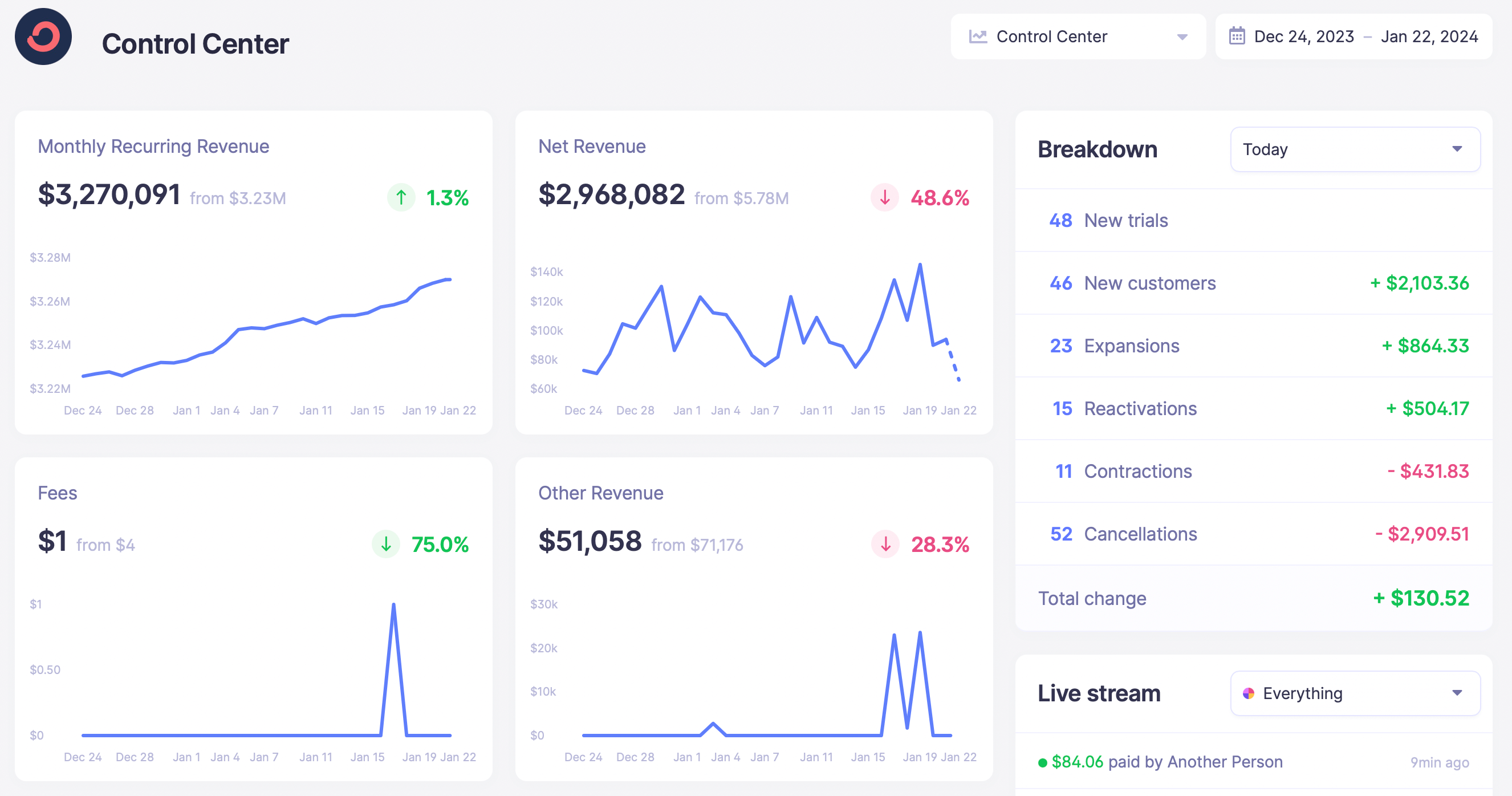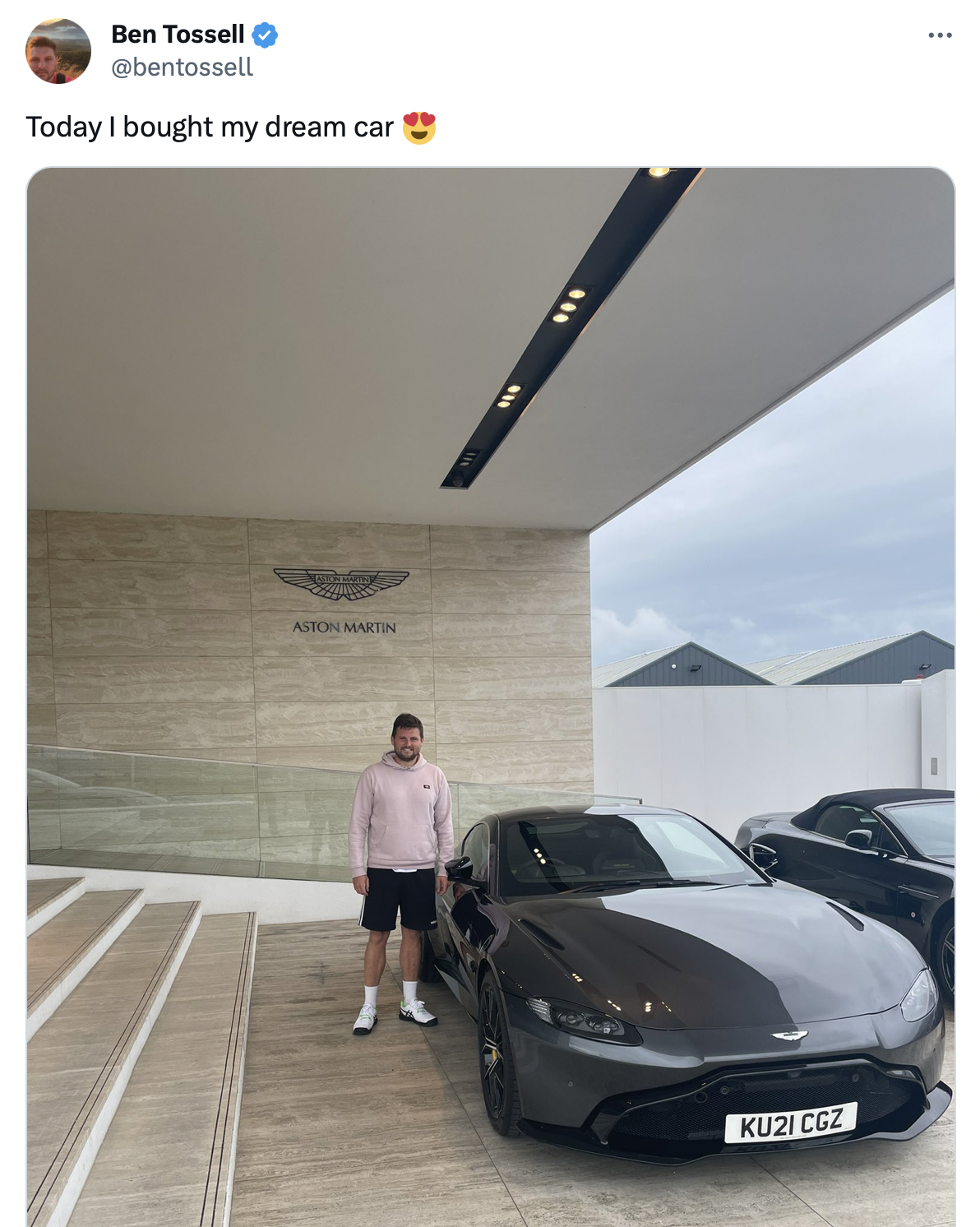Bootstrapping a business has come back into fashion lately, especially as investment from venture capitalists is drying up and people want to increase their income due to the cost of living crisis. This article will teach you everything you need to know about bootstrapping a startup.
What does bootstrap mean in business?
First off, let's talk definitions. To bootstrap a business is to create it without any funding from investors. Traditionally, a lot of startups, were funded by venture capitalists (VCs). In particular, Y Combinator, a place to get training on business from famous Bay Area investors, became extremely popular as a way for young startups to get funding from investors. How else are you going to fund a startup, right?
Bootstrapping has grown in popularity as a reaction against the pressure that comes from trying to build the type of billion dollar startups that investors are interested in. If you want to make a company that makes a few million a year and vastly improves your lifestyle, most investors won't be interested because it doesn't bring a big enough return for them. They want really outsized, disproportionate returns that come from investing in companies that in the future will be worth billions of dollars.
Are all bootstrapped founders programmers?
Although a lot of bootstrapped founders are programmers, you don't have to know how to code to build a bootstrapped startup. For instance, Jules Canlan runs a marketing service Embarque, where he supplies startups with blog posts for a monthly fee. Others may write a newsletter and monetize it with adverts, which doesn't require coding skills either. Another example Charlie Ward, who runs a paid community for founders, Ramen Club.
What is an example of bootstrapping a business?
There are lots of examples of bootstrapped startups, ranging from small to large. Mailchimp, an email marketing company, was a bootstrapped startup owned by its owners until they sold it for $20bn to Intuit.
37 Signals is a company that makes productivity software and an alternative to gmail, Hey.com. Its two founders, Jason Fried and and David Heinemeier Hansson, are both passionate about the benefit of bootstrapping. David made a famous presentation at Y Combinator, about why you shouldn't raise funding for your startup.
ConvertKit is another email software company which was self-funded by its founder Nathan Barry. He channeled $50,000 that he made from e-books teaching design to grow ConvertKit into a company that is making over $3m per month in 2024:

Alex Isora learned to code and created his own website builder, Unicorn Builder, in his 20s. He built it as a bootstrapped startup so he didn't need to ever talk to investors to get started. He sold Unicorn Builder for $800,000 in 2023.
Dominic Monn juggled a job as a Machine Engineer at Doist while building a marketplace for finding mentors, Mentorcruise. He only quit his day job once he had built Mentorcruise into a profitable business. Today, it's a thriving business.
Bootstrapping has also been popularised by communities like Product Hunt and Indie Hackers and individual entrepreneurs like Pieter Levels.
How much money do you need to bootstrap?
How much money you need depends on the scale of your ambitions and whether you are going to still be working a job while you bootstrap your company. If you are primarily interested in improving your lifestyle and you want to increase your salary but not spectacularly, you won't need that much money. Of course, if you want to start a company that makes tens of millions of dollars, that probably means spending more time and money.
Most bootstrapper's biggest resource is time. They may spend months working on their product and essentially work for free, for themselves. If you want to make a company based on an email list, you won't need to learn to code but you'll need to learn how to do marketing.
You can keep costs low by doing lots of free marketing. Lots of bootstrappers share their experience of building startups in communities like Twitter, Reddit and LinkedIn. This way you can get attention and hopefully customers for your startup without spending a dollar.
You don't need to quit your job
The beauty of bootstrapped startups is that you don't need to quit your job to make a startup. Lots of founders start working on their startup either on evenings and weekends alongside their 9-5 job. Or they do a contracting job a few days a week and spend the rest of their time on their startup.
For instance, Ben Tossell created a community and course platform for learning how to make websites without knowing how to code called Makerpad. He worked on Makerpad whilst doing two days of work each week at another startup. So he didn't face the pressure of having to replace all his income from his startup right away. He later sold Makerpad to Zapier, a billion-dollar company, for an undisclosed but significant sum. It was enough to buy his dream car!

Becoming a jack of all trades
You can also do a lot of things yourself to save money. A lot of bootstrapped founders combine their own technical skills (coding) with business skills they learn themselves, like marketing. This means they don't need to hire someone else in the early days when they are getting their business off the ground.
A good example of this is Marc Köhlbrugge, a Dutch programmer by trade, who has learned marketing along the way. He has made several successful startups such as the Startup Jobs website and a directory for new companies, BetaList.
Other founders may rely on their husband or wife to pay the bills while they build their startups. For instance, one of the founders of OneUp, a social media scheduling tool, was aware that his wife's salary was enough for them both in the early days of starting their company.
Moving to a cheaper location
You can also save money by moving to a cheaper location such as South East Asia. Most of these founders are on the younger side and are known as digital nomads, as they are usually making a living online whilst moving around the world every few months.
Some places that are popular with digital nomads for bootstrapping a business include Bali in Indonesia, Chiaing Mai in Thailand and Vietnam. If you don't want to go to Asia there are cheap places to live like Bansko, Bulgaria, which are very popular with founders.

Obviously, moving overseas isn't usually an option for people with caring responsibilities. Also, naturally some people don't want to move country for other reasons.
Dashielle Bark-Huss created a wish list business that in 2022 was making $14k-a-month in profits. She did this after moving back home with her parents so she could afford to build her business while keeping her living expenses low.
What are the advantages of bootstrapping startups?
There are lots of benefits to running a bootstrapped business such as owning all the equity, a better work/life balance and having a lean business often means it will be more successful. Lets look at these examples in more detail:
You own all of the business
Firstly, you will own 100% of your startup because you don't have investors. When it comes to selling, you'll see all of the up-side from your life's work. For instance, Markus Frind made $575m when he sold his dating website, Plenty of Fish. He had built the website into a profitable business and so by the time investors contacted them, he didn't need the money.
You have a lot more control
As the founder, you have a lot more control over your startup as you don't have any investors pressurising you to expand too quickly or to make business decisions you disagree with.
You also get to choose the direction of your startup so if your idea isn't working, you can change direction very quickly and build something else. You may also wish to take on different projects for fun when your main startup has some progress. If you bristle at the idea of taking guidance from others and are very single-minded, bootstrapping is a great choice. VC-funded startups have to listen to the Board of Directors and what current and future investors may want.
Better work/life balance
Bootstrapped founders have a lot of control over the pace of their work so they may enjoy a better work/life balance compared to startups where investors are demanding faster growth. If you fund your own startup you will be able to grow your business at the pace you desire i.e. slowing down if you have a baby or if you get ill.
Kyle Gawley is one bootstrapper who started by raising venture capital but the stress of running a VC-backed startup led him to becoming sick and needing to stay in hospital:
Lean startups often do better
Bootstrapped startups are arguably more likely to be successful since they are not trying to create billion-dollar valuations, as with venture scale startups. It's a lot easier to get a business to six figures than to make a billion dollars. Also, bootstrapped startup tend to avoid winner-takes-all-markets where there is likely to be one company that achieves a monopoly. This means that there is less pressure as you don't have to dominate the market and gain the vast majority of the customers.
Many will also point out that bootstrappers are better at spending money since they need to make do with lean resources. This means they aim for profitability from day one. If you bootstrap a company, you can't afford to have generous free plans for millions of users so you are more likely to find users who will pay for your product.
You don't have to look for investors
If you aren't seeking investors, that also frees up a huge amount of time for founders which you can spend time on improving your product and doing more marketing. Founders that take VC funding are always aware that they need to grow the company so they can raise another round of funding in the next few years. With bootstrapping, you don't have to chase investors at all so it's really permission-less.
Some people who traditionally struggle to gain venture capital funding, like women and some ethnic minorities, may also prefer to bootstrap a startup. The same is also true of individuals who live far away from Silicon Valley, where most investors are based.
Also, bootstrapped founders don't have to worry about the cycles of VC funding. In the first half of 2023, the amount of venture capital funding decreased by about 50%. So it has become a lot harder to get funding as there is less money floating around. For startups reliant on VC funding, this is a big problem. For bootstrappers, it doesn't matter.
What are the disadvantages of bootstrapping startups?
Some founders may not enjoy bootstrapping for a number of reasons. If you want to become a billionaire, it is probably easier if you have investors. You'll need to keep a control on costs as a bootstrapped startup founder and you may not be able to grow your startup as fast as you would like.
If you want to have a comfortable, middle-class lifestyle, you may not want to bootstrap a company as it may mean changing your lifestyle and cutting back on your expenses. If you raise VC funding you will be able to pay yourself a salary.
Hiring is harder
For founders who want to create highly complex startups like Uber or Airbnb, it will be extremely hard to do this as a bootstrapper as you'll need to hire lots of people and invest in technology. So if you have a huge vision and want to be the next Steve Jobs, bootstrapping may not represent a big enough prize for you. Also, you may struggle to hire the best people as you probably aren't offering them equity or dangling the possibility of a big future IPO in front of them.
You need to wear a lot of hats
Also, if you do not want to learn new skills outside of your area of expertise, you may not enjoy bootstrapping as it usually involves wearing a lot of hats. For example, developers who create bootstrapped companies also usually need to learn areas of marketing such as SEO or do sales.
It's harder to get press coverage
Bootstrappers are also far less likely to get news coverage as most national newspapers or Big Tech publications are only interested in companies that have a) raised a lot of funding and/or b) can afford to hire a publicist to get them mentions in the media.
Of course, there are news publications dedicated to bootstrapped startups like High Signal.
What does 100% bootstrapped mean?
This just means that a company has not had any investors and is owned entirely by the founder(s). Since the 2010s there has been a growing sub-culture on the internet of founders who pride themselves on running a bootstrapped company. A lot of these founders write about their startups on Twitter and are often very open about their revenue, often in an attempt to get more attention from potential customers and to build social proof amongst their peers.
Why do people choose bootstrapping?
Lots of founders prefer being able to grow a company at their own pace which fits their lifestyle. Amar Ghose is the CEO of Zenmaid, which makes software for maid service companies. Amar gets to run a $2m a year business while also doing lots of travelling to countries like Thailand.
Others have tried VC funding and did not like the pressure that came from being accountable to investors.
Podcasts for bootstrappers
If you want to listen to interviews with bootstrappers, a great place to start is the now defunct podcast, Indie Hackers. Unfortunately, the podcast is no longer active but you can still access it on platforms like Spotify and Apple podcasts.
Another option is IndieBites, which delivers 15 minute interviews with bootstrapped founders. It's a great way of learning the jist of someone's story and you can pay extra to listen to the full hour-long interviews.
Arvid Kahl hosts The Bootstrapped Founder podcast which is also a great listen.
Rob Walling, who has made millions with bootstrapped startups, hosts Startups for the Rest of Us and has produced over 600 episodes.
Conclusion
I hope you found this article interesting! I send two emails each week going over the top bootstrapped startup news stories. It's totally free! You can sign up below:


